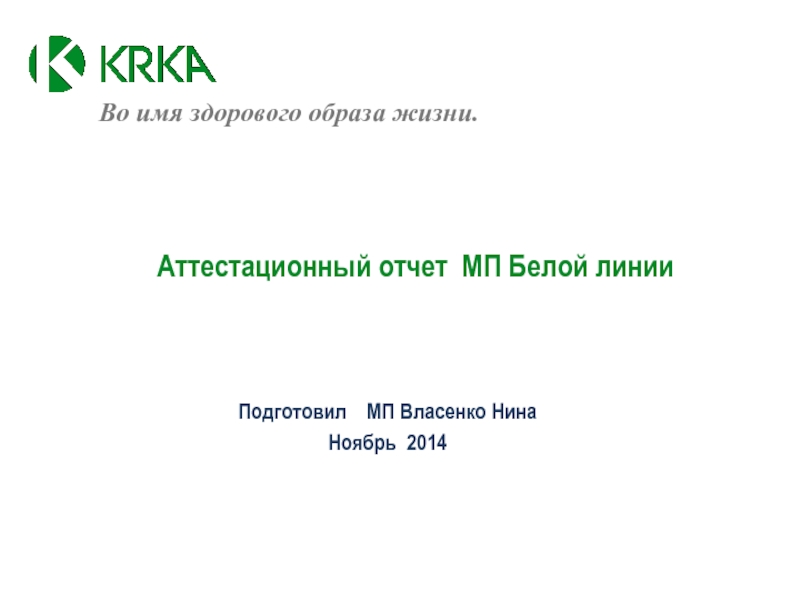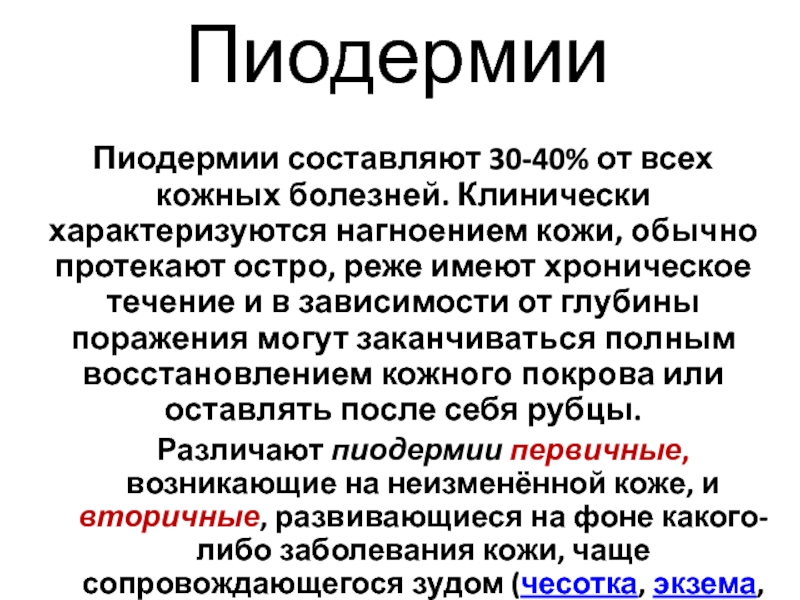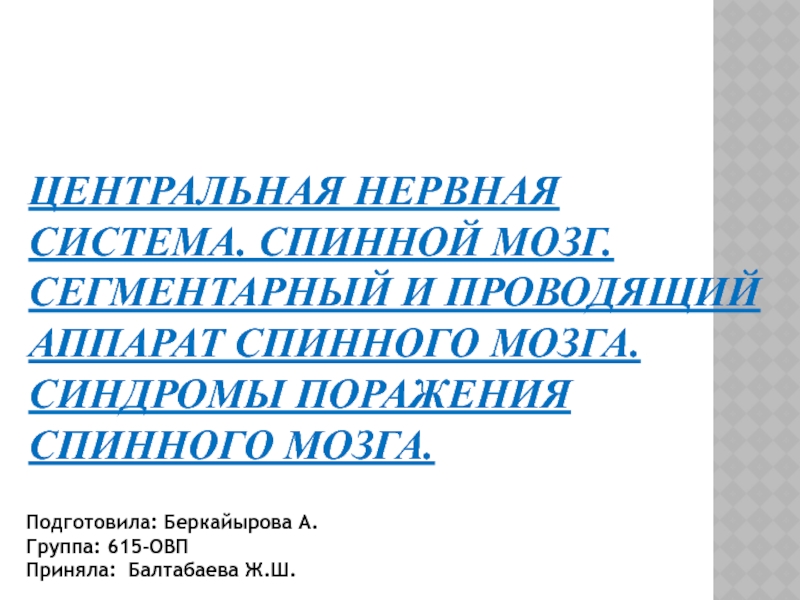- Главная
- Разное
- Дизайн
- Бизнес и предпринимательство
- Аналитика
- Образование
- Развлечения
- Красота и здоровье
- Финансы
- Государство
- Путешествия
- Спорт
- Недвижимость
- Армия
- Графика
- Культурология
- Еда и кулинария
- Лингвистика
- Английский язык
- Астрономия
- Алгебра
- Биология
- География
- Детские презентации
- Информатика
- История
- Литература
- Маркетинг
- Математика
- Медицина
- Менеджмент
- Музыка
- МХК
- Немецкий язык
- ОБЖ
- Обществознание
- Окружающий мир
- Педагогика
- Русский язык
- Технология
- Физика
- Философия
- Химия
- Шаблоны, картинки для презентаций
- Экология
- Экономика
- Юриспруденция
Тератогенез. Факторы внешней среды. Вирусы. Воспаление. Эндокринные нарушения. Генетические нарушения. (Часть 8) презентация
Содержание
- 1. Тератогенез. Факторы внешней среды. Вирусы. Воспаление. Эндокринные нарушения. Генетические нарушения. (Часть 8)
- 2. Токсикология развития
- 3. Время развития дефектов (дни)
- 4. Принципы тератологии
- 5. Лекарства с тератогенным эффектом
- 6. Продолжение
- 7. Недавно выявленные тератогены
- 8. Механизмы тератогенного действия химических соединений
- 9. Чувствительность эмбрионов хомяков на ретиноевую кислоту
- 10. Эффекты 5-ФУ на развитие крыс
- 22. Васкулярные нарушения В первые 3 месяца развития
- 23. Специфические рецепторы или тератогенез, опосредованный ферментами
- 33. Развитие исследований в 2013 г. Reprod Toxicol.
- 34. Hum Reprod. 2013 Oct 9. [Epub ahead
Слайд 1Тератогенез
Факторы внешней среды (тератогены)
Вирусы
Воспаление
Эндокринные нарушения
Генетические нарушения
Слайд 22Васкулярные нарушения
В первые 3 месяца развития
Нарушение циркуляции крови в uterine-placental unit,
the placental-fetal unit
Слайд 33Развитие исследований в 2013 г.
Reprod Toxicol. 2013 Jan;35:117-24. doi: 10.1016/j.reprotox.2012.10.007. Epub
2012 Oct 23.
Teratogenic effects of diabetic conditions in chick heart in ovo and in micromass culture may be prevented by addition of vitamin C and folic acid.
Memon SMemon S, Pratten MK.
Source
Centre for Integrated Systems Biology and Medicine, School of Biomedical Sciences, Queen's Medical Centre, University of Nottingham, Nottingham, UK.
Abstract
Maternal diseases like diabetes mellitus may cause developmental defects. Supplementation with folic acid and vitamin C during the periconceptional period has been shown to prevent some neural tube and congenital heart defects. Hearts were dissected from 5 days-old White Leghorn chick embryos, the cells isolated and cultured in micromass under diabetic conditions, with and without folic acid and vitamin C. Contractile activity, cell viability (resazurin reduction) and protein assays were performed. Results indicated diabetic conditions reduced contractile activity and cell viability, whilst vitamin C (100 μM) and folic acid (1 mM) administered concurrently significantly improved them to values comparable with the control. Day 3 chick embryos in ovo were injected with glucose+hydroxybutyrate or a combination of these and vitamins. Diabetic conditions caused gross and histological malformations, but these effects were abrogated by vitamin supplement. Teratogenic effects on heart development could possibly be prevented by vitamin supplementation during pregnancy.
Teratogenic effects of diabetic conditions in chick heart in ovo and in micromass culture may be prevented by addition of vitamin C and folic acid.
Memon SMemon S, Pratten MK.
Source
Centre for Integrated Systems Biology and Medicine, School of Biomedical Sciences, Queen's Medical Centre, University of Nottingham, Nottingham, UK.
Abstract
Maternal diseases like diabetes mellitus may cause developmental defects. Supplementation with folic acid and vitamin C during the periconceptional period has been shown to prevent some neural tube and congenital heart defects. Hearts were dissected from 5 days-old White Leghorn chick embryos, the cells isolated and cultured in micromass under diabetic conditions, with and without folic acid and vitamin C. Contractile activity, cell viability (resazurin reduction) and protein assays were performed. Results indicated diabetic conditions reduced contractile activity and cell viability, whilst vitamin C (100 μM) and folic acid (1 mM) administered concurrently significantly improved them to values comparable with the control. Day 3 chick embryos in ovo were injected with glucose+hydroxybutyrate or a combination of these and vitamins. Diabetic conditions caused gross and histological malformations, but these effects were abrogated by vitamin supplement. Teratogenic effects on heart development could possibly be prevented by vitamin supplementation during pregnancy.
Слайд 34Hum Reprod. 2013 Oct 9. [Epub ahead of print]
Drugs associated with
teratogenic mechanisms. Part II: a literature review of the evidence on human risks.
van Gelder MM, de Jong-van den Berg LT, Roeleveld N.
Abstract
STUDY QUESTION:
What is the current state of knowledge on the human risks of drugs suspected to be associated with teratogenic mechanisms?
SUMMARY ANSWER:
Evidence for the presence or absence of human risks of birth defects is scarce or non-existent for the majority of drugs associated with teratogenic mechanisms.
WHAT IS KNOWN ALREADY:
Medical drugs suspected to be associated with teratogenic mechanisms are dispensed to a significant proportion of women in the first trimester of pregnancy. However, an overview of the current state of knowledge on the human teratogenic effects of these drugs is lacking.
STUDY DESIGN, SIZE, DURATION:
We performed an extensive literature review of studies in the English language which examined the associations between selected drugs and specific birth defects. The literature was identified from MEDLINE and EMBASE from database inception (January 1946 and January 1974, respectively) through December 2012 using 287 terms for the drugs of interest. We only included studies if they specified birth defect subtypes and, specifically for cohort studies, involved live born infants.
PARTICIPANTS/MATERIALS, SETTING, METHODS:
Of 14 406 potentially relevant articles, 556 full-text articles were assessed for eligibility and 250 met the inclusion criteria. The studies included were divided into four categories according to their design to increase the validity of our study.
MAIN RESULTS AND THE ROLE OF CHANCE:
Epidemiologic studies assessing teratogenic risks were identified for less than half of the drugs included in the review. A substantial variation in study design and data collection methods was observed. When the data collection method is of questionable validity, study quality may be affected considerably. For only 15 drugs of interest, birth defects were assessed in at least 1000 infants in cohort studies, and 13 of these were associated with one or more specific birth defects. The majority of associations observed in case-control studies are as yet unconfirmed. For most drugs and drug groups, however, the numbers of exposed infants studied were too small to draw any conclusions regarding their human teratogenic risks.
LIMITATIONS, REASONS FOR CAUTION:
The validity of our review is limited by the validity and reporting of the studies from which the data were extracted. Some relevant studies might have been missed owing to the exclusion of articles not in the English language and publication bias.
WIDER IMPLICATIONS OF THE FINDINGS:
It is a cause of concern that the drugs most often dispensed in the first trimester of pregnancy are not necessarily the drugs for which teratogenic risks have been studied. Future studies should focus on those drugs that are most commonly used during pregnancy and for which the teratogenic risks are unknown, such as iron preparations, serotonin receptor agonists or antagonists, drugs used in fertility treatment, dihydrofolate reductase inhibitors.
STUDY FUNDING/COMPETING INTEREST(S):
Marleen van Gelder was supported by the Netherlands Organisation for Scientific Research/NWO (grant no. 021.001.008). No competing interests are declared. TRIAL REGISTRATION NUMBER: N/A.
van Gelder MM, de Jong-van den Berg LT, Roeleveld N.
Abstract
STUDY QUESTION:
What is the current state of knowledge on the human risks of drugs suspected to be associated with teratogenic mechanisms?
SUMMARY ANSWER:
Evidence for the presence or absence of human risks of birth defects is scarce or non-existent for the majority of drugs associated with teratogenic mechanisms.
WHAT IS KNOWN ALREADY:
Medical drugs suspected to be associated with teratogenic mechanisms are dispensed to a significant proportion of women in the first trimester of pregnancy. However, an overview of the current state of knowledge on the human teratogenic effects of these drugs is lacking.
STUDY DESIGN, SIZE, DURATION:
We performed an extensive literature review of studies in the English language which examined the associations between selected drugs and specific birth defects. The literature was identified from MEDLINE and EMBASE from database inception (January 1946 and January 1974, respectively) through December 2012 using 287 terms for the drugs of interest. We only included studies if they specified birth defect subtypes and, specifically for cohort studies, involved live born infants.
PARTICIPANTS/MATERIALS, SETTING, METHODS:
Of 14 406 potentially relevant articles, 556 full-text articles were assessed for eligibility and 250 met the inclusion criteria. The studies included were divided into four categories according to their design to increase the validity of our study.
MAIN RESULTS AND THE ROLE OF CHANCE:
Epidemiologic studies assessing teratogenic risks were identified for less than half of the drugs included in the review. A substantial variation in study design and data collection methods was observed. When the data collection method is of questionable validity, study quality may be affected considerably. For only 15 drugs of interest, birth defects were assessed in at least 1000 infants in cohort studies, and 13 of these were associated with one or more specific birth defects. The majority of associations observed in case-control studies are as yet unconfirmed. For most drugs and drug groups, however, the numbers of exposed infants studied were too small to draw any conclusions regarding their human teratogenic risks.
LIMITATIONS, REASONS FOR CAUTION:
The validity of our review is limited by the validity and reporting of the studies from which the data were extracted. Some relevant studies might have been missed owing to the exclusion of articles not in the English language and publication bias.
WIDER IMPLICATIONS OF THE FINDINGS:
It is a cause of concern that the drugs most often dispensed in the first trimester of pregnancy are not necessarily the drugs for which teratogenic risks have been studied. Future studies should focus on those drugs that are most commonly used during pregnancy and for which the teratogenic risks are unknown, such as iron preparations, serotonin receptor agonists or antagonists, drugs used in fertility treatment, dihydrofolate reductase inhibitors.
STUDY FUNDING/COMPETING INTEREST(S):
Marleen van Gelder was supported by the Netherlands Organisation for Scientific Research/NWO (grant no. 021.001.008). No competing interests are declared. TRIAL REGISTRATION NUMBER: N/A.
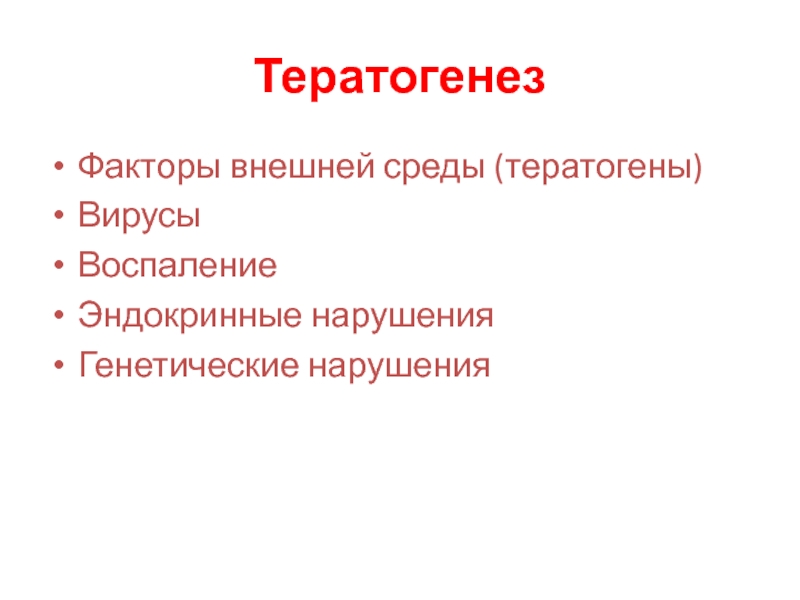
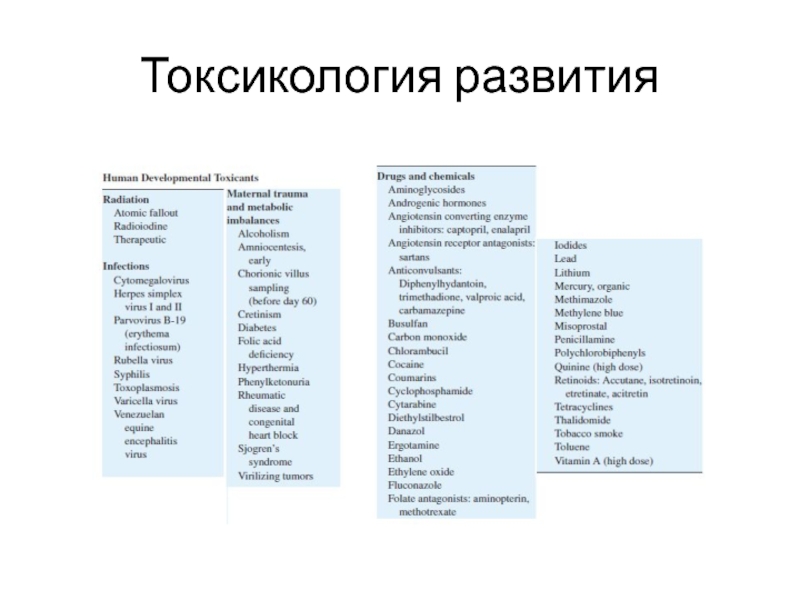
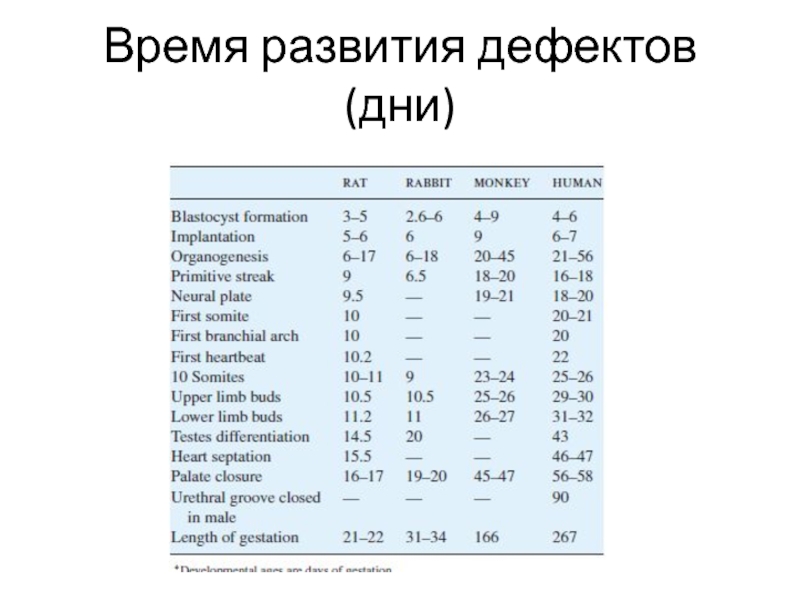
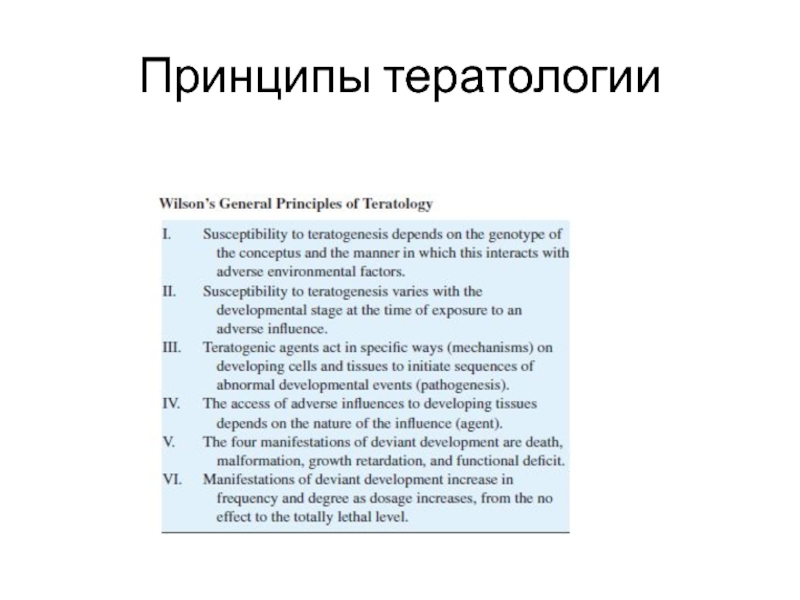
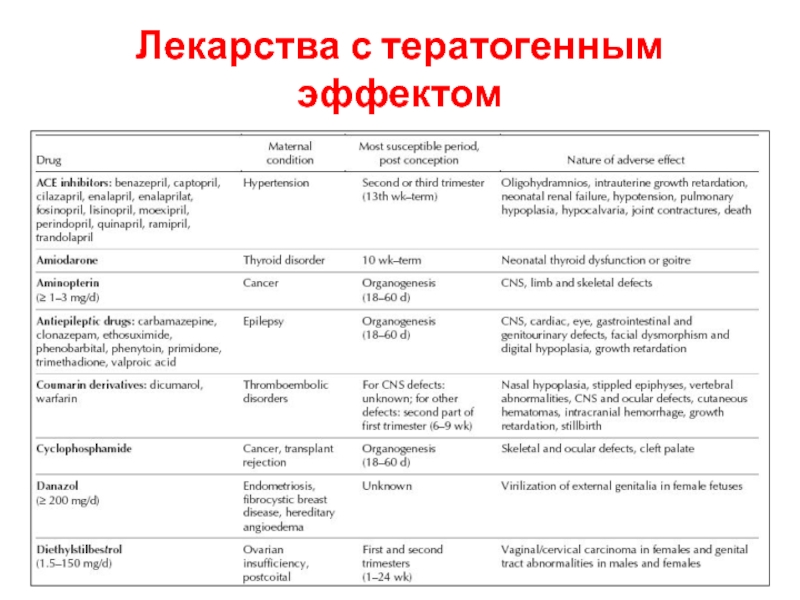
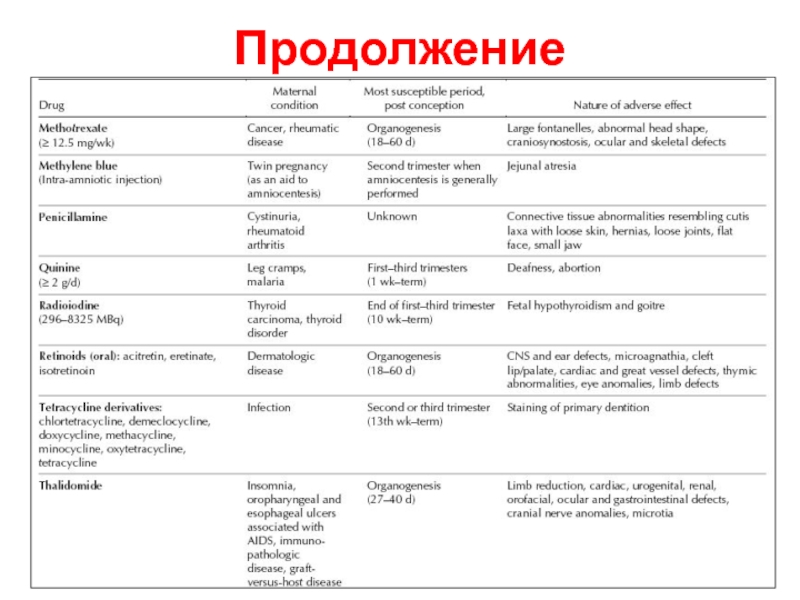
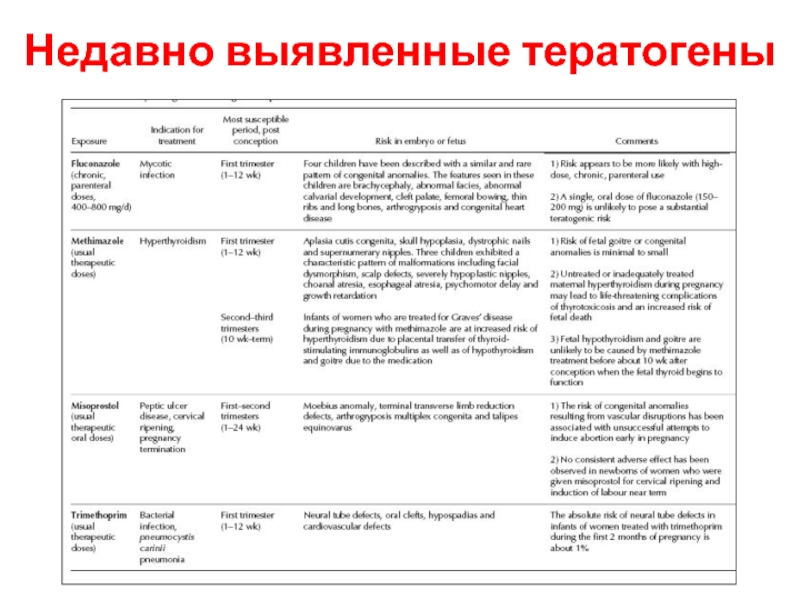

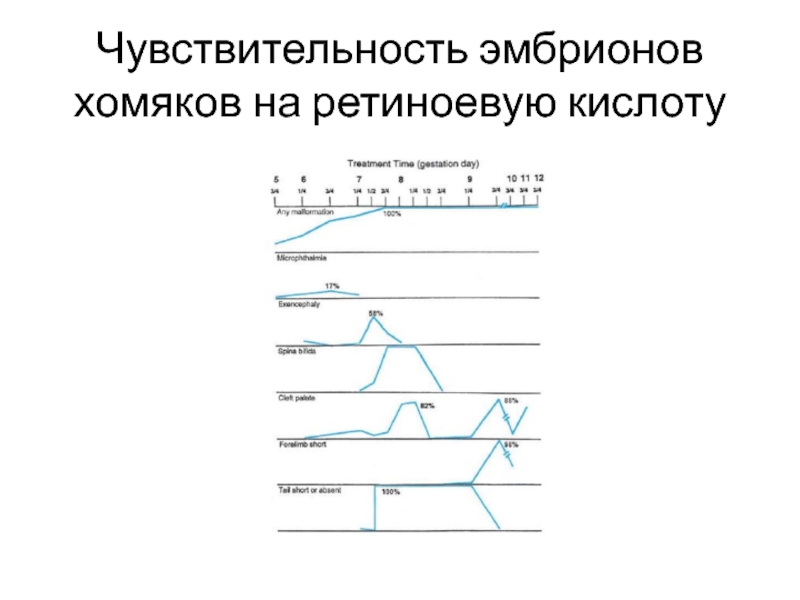
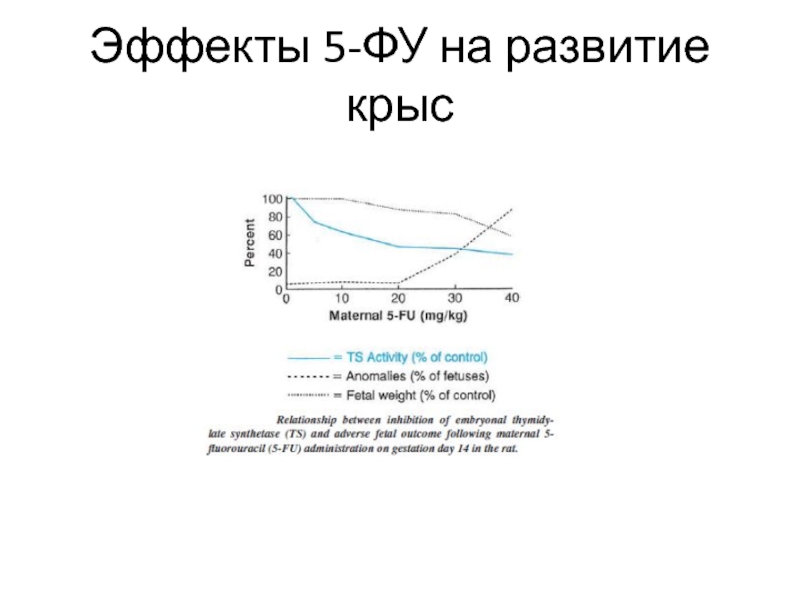
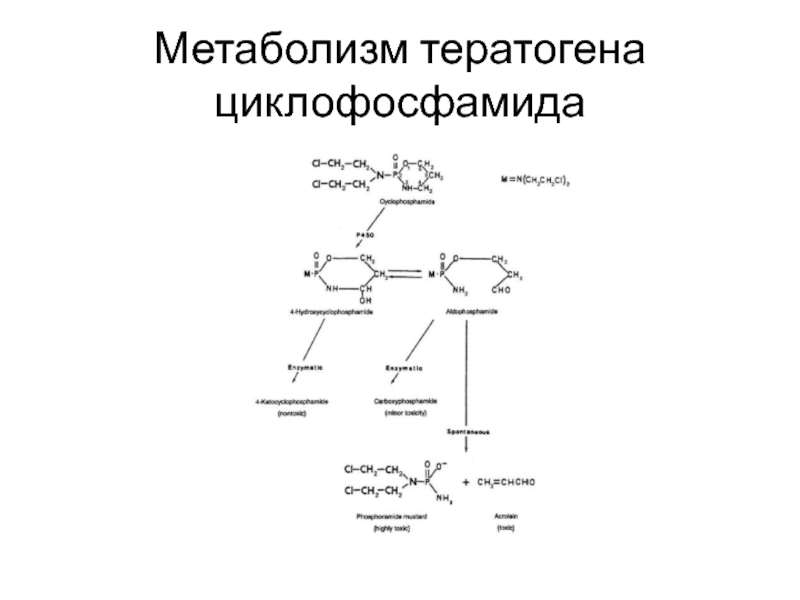
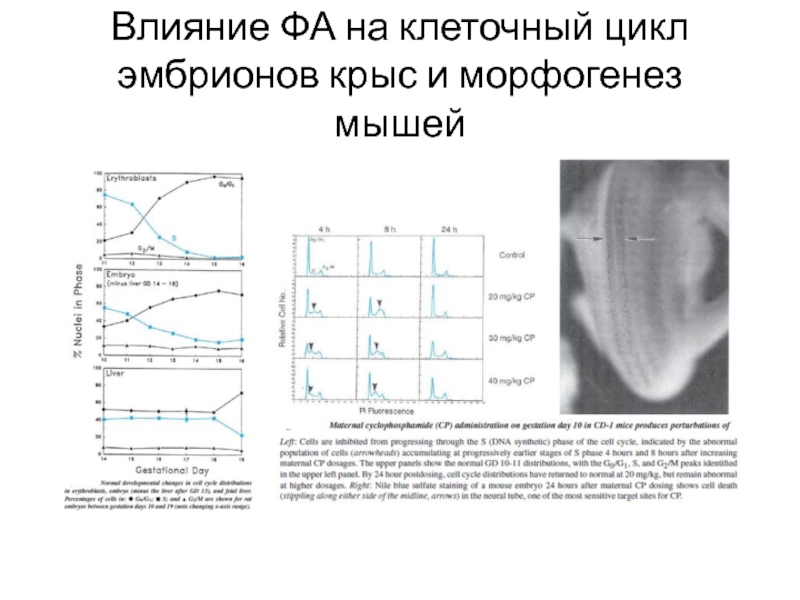
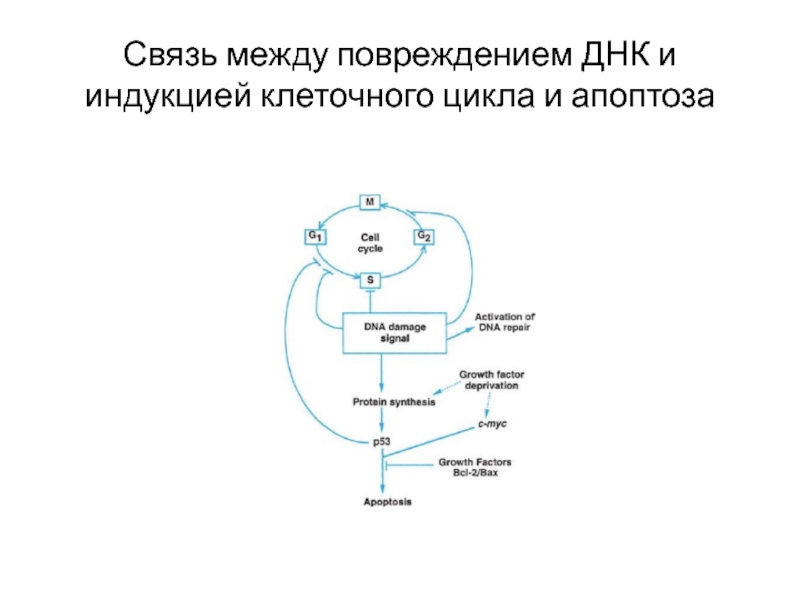
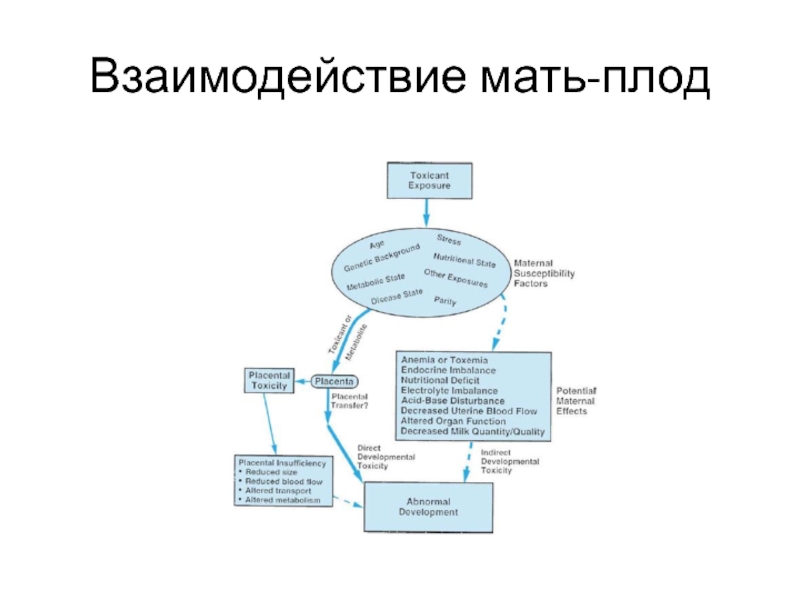
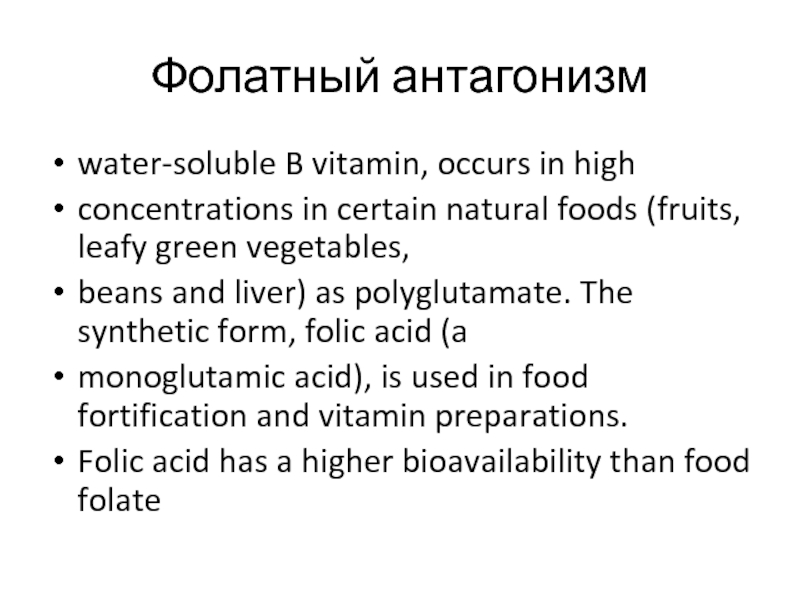
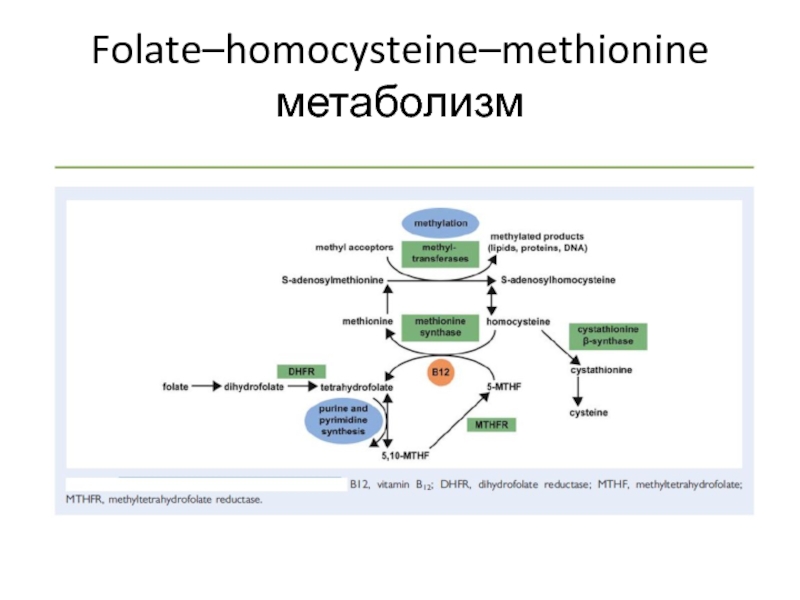
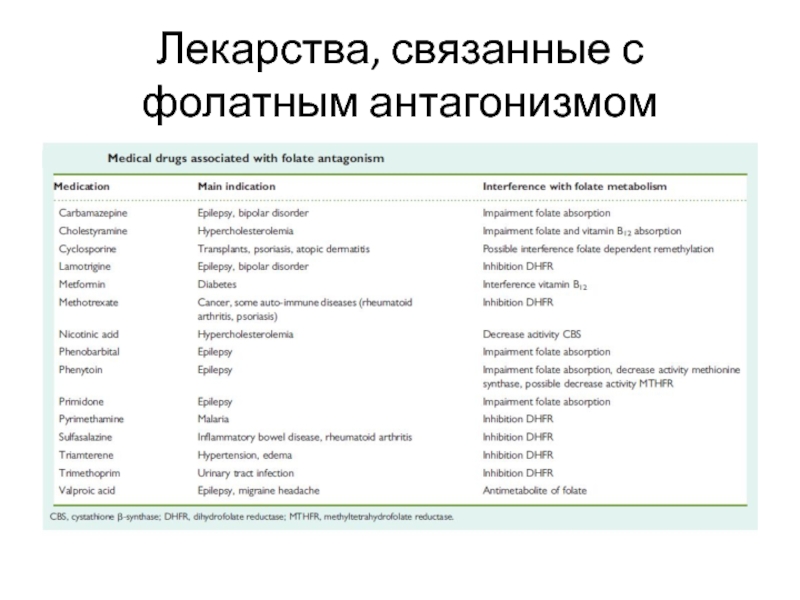
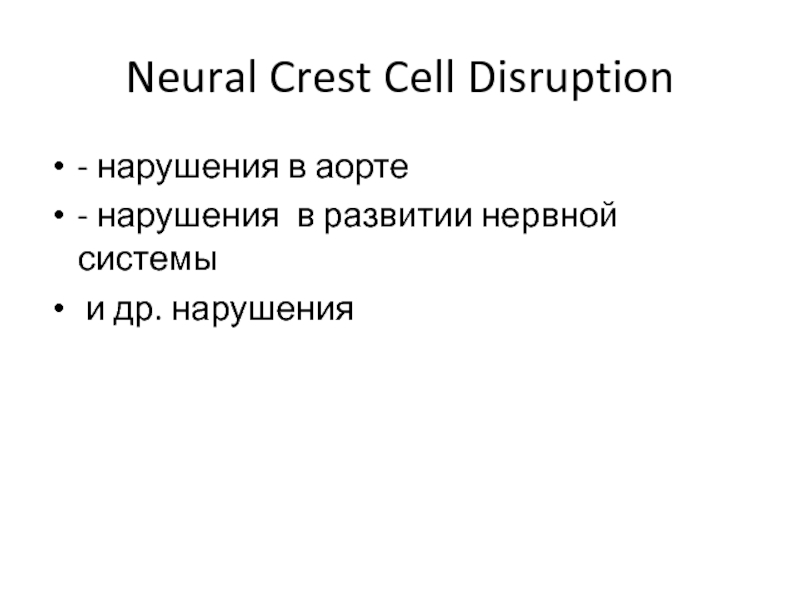
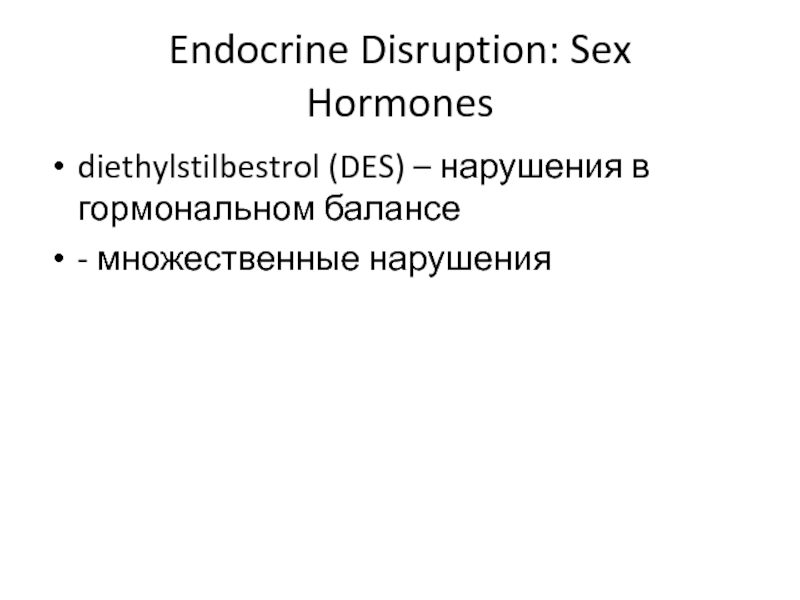
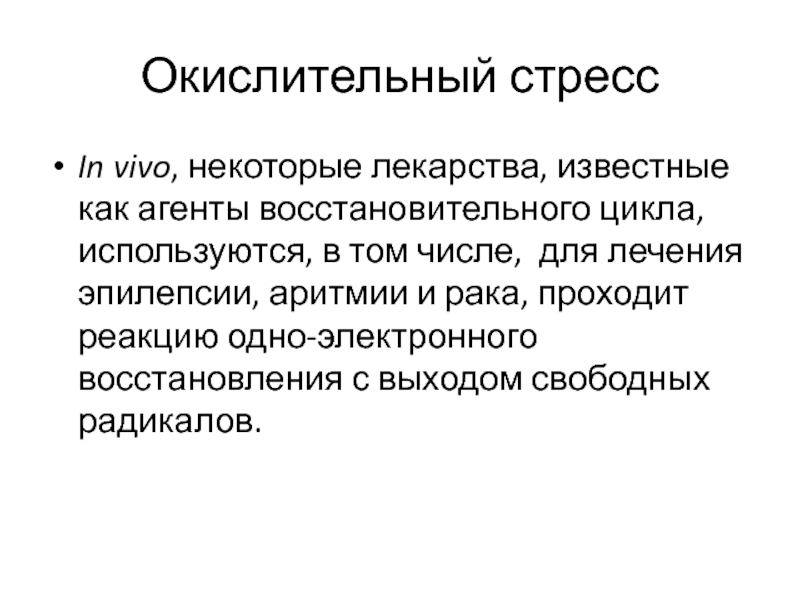
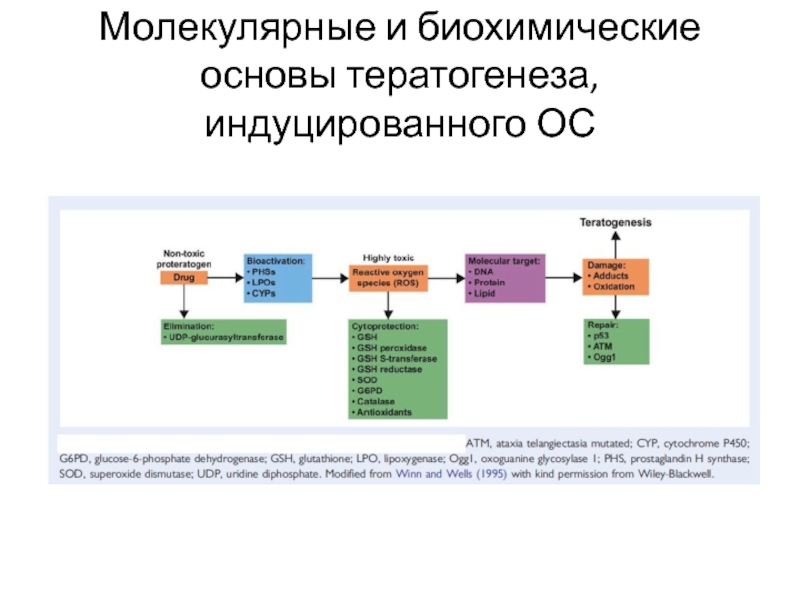
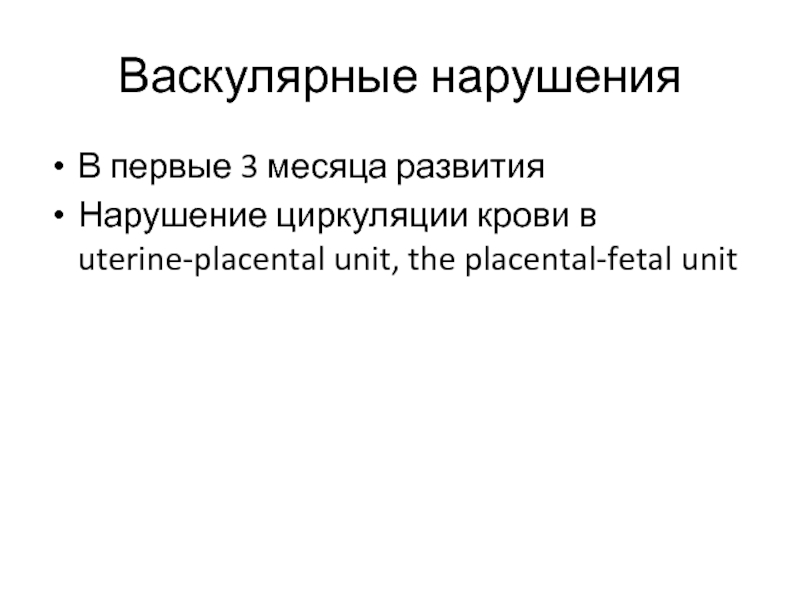
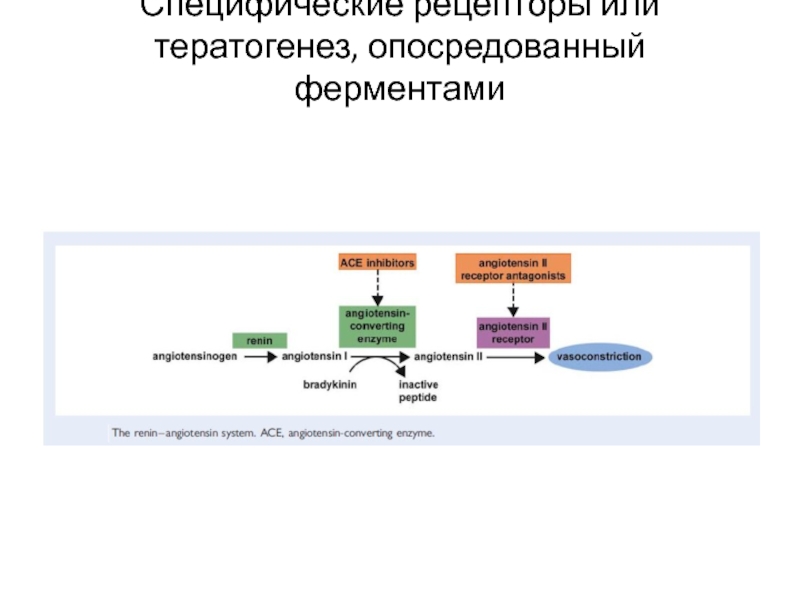
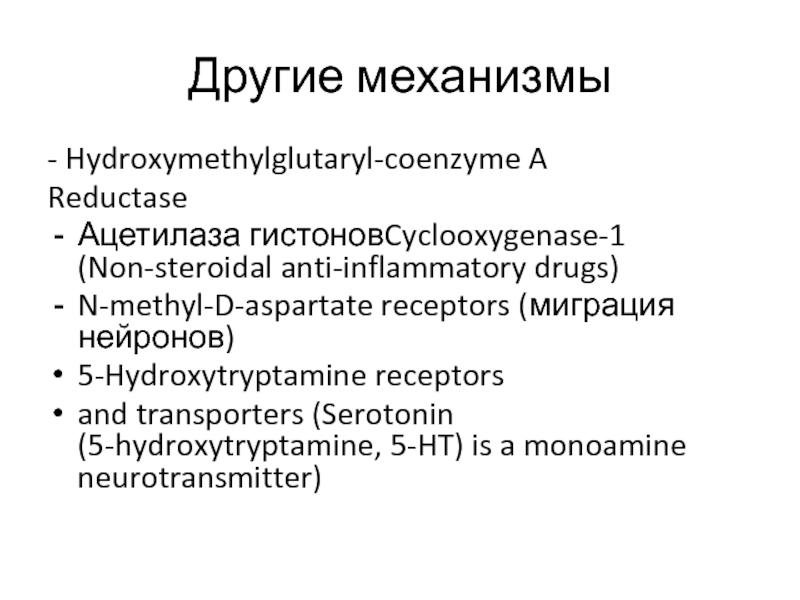
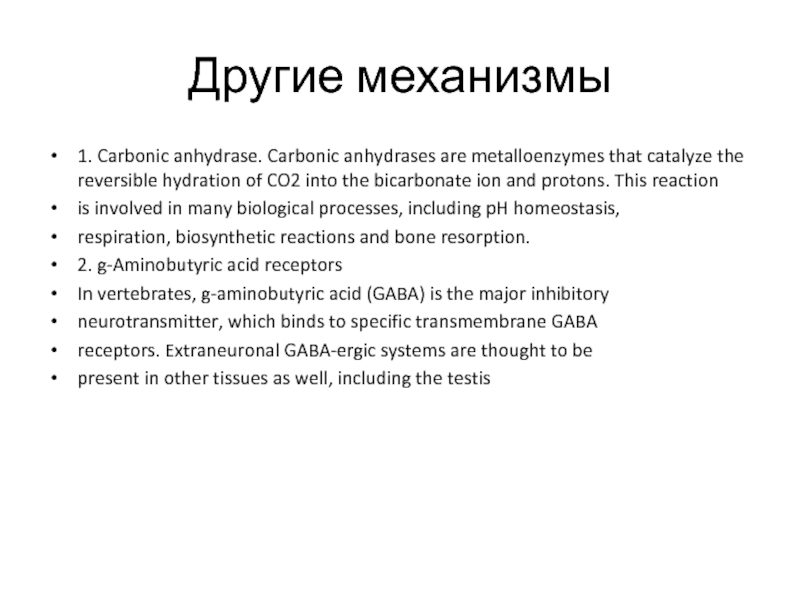


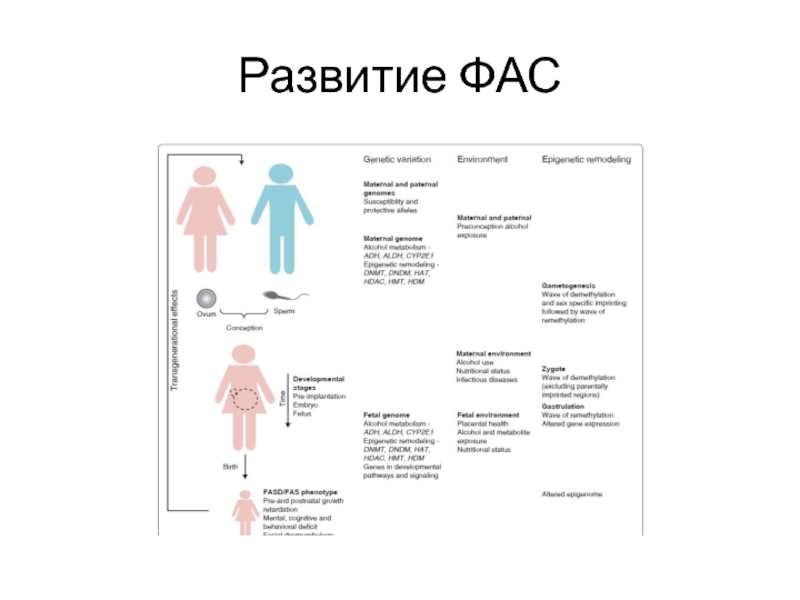
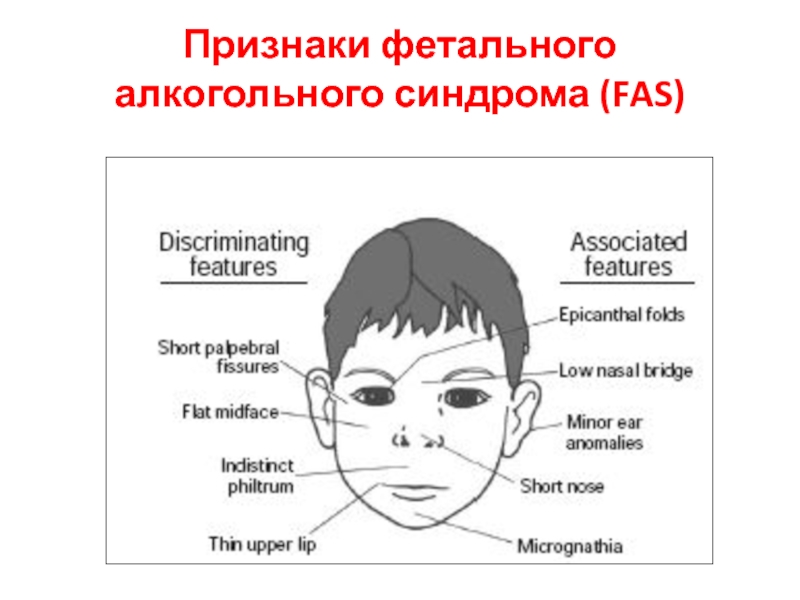

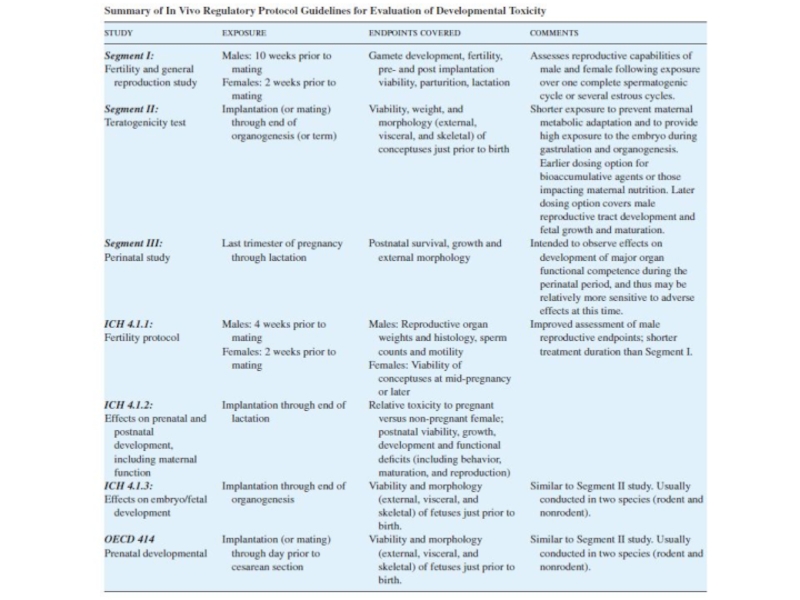
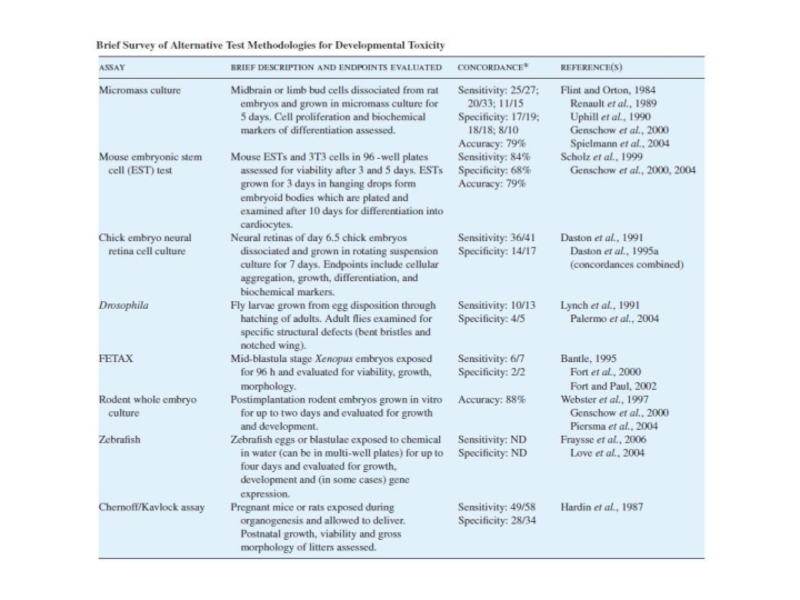
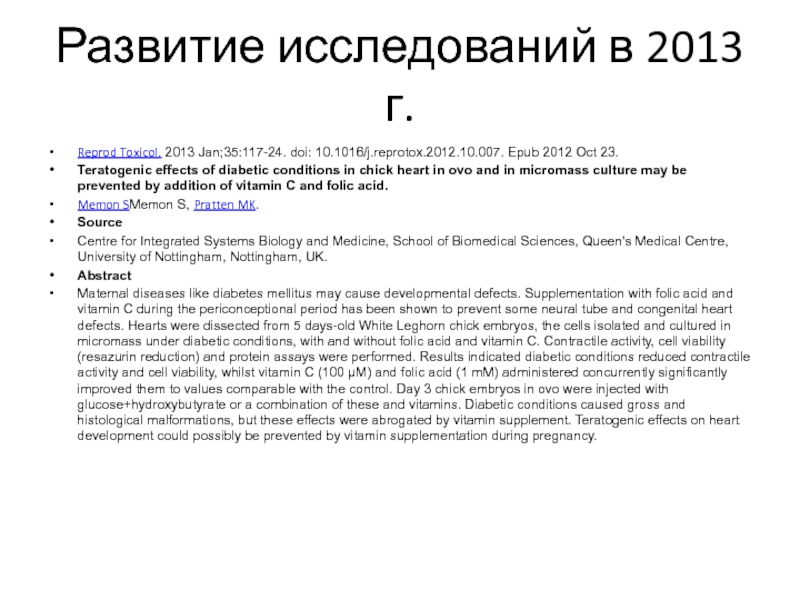
![Hum Reprod. 2013 Oct 9. [Epub ahead of print]Drugs associated with teratogenic mechanisms. Part II:](/img/tmb/4/328198/21efeb7548dda1ba317cc24b78d09281-800x.jpg)
